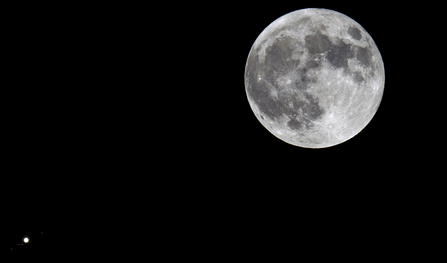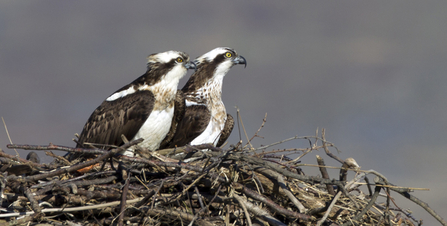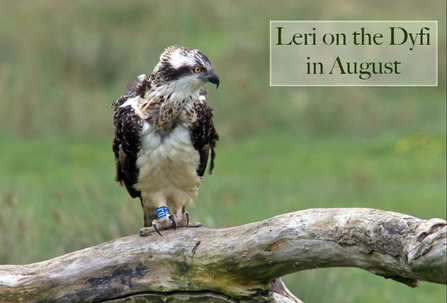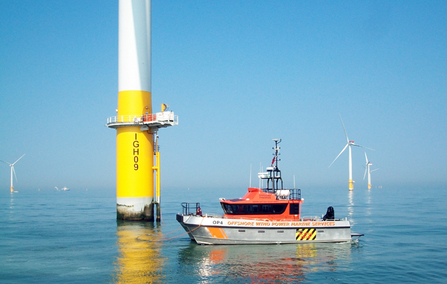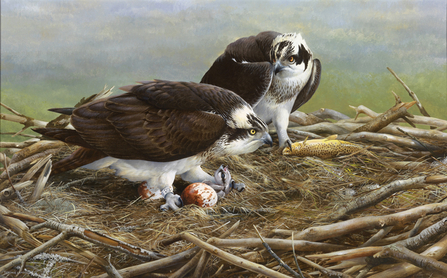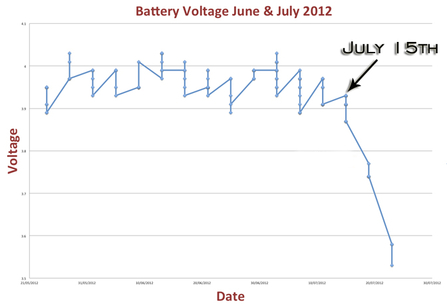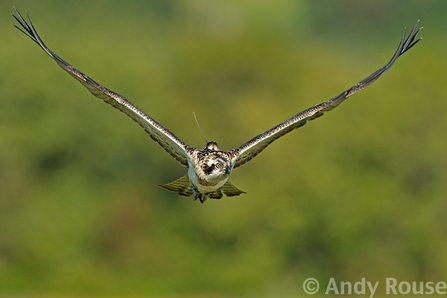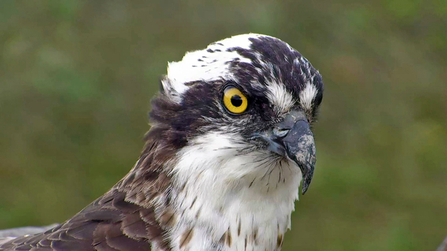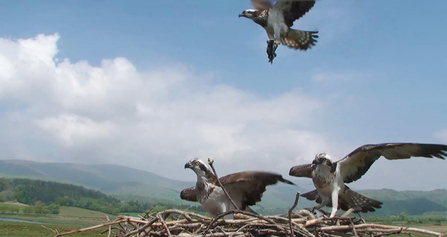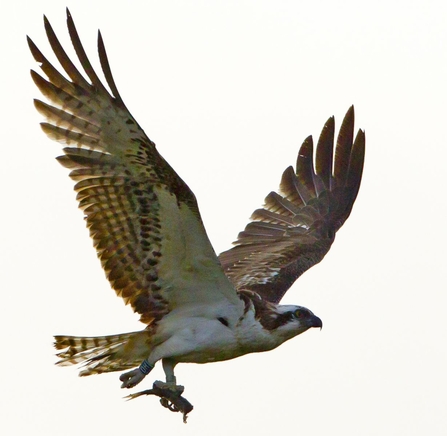"I'll be back" said an Austrian 'actor' in a 1980's sci-fi movie.
Bird migration is a fascinating concept - moving between parts of the world, on an annual basis, based purely on the bird's requirements at any particular time during that year. Many animals migrate of course, from butterflies to bats, whales to walruses, salmon to sloths. Perhaps it is bird migration that grabs the imagination the strongest, however - possessing adapted reptilian scales formed into feathers which enables a bird to simply up sticks, and be literally the other side of the world a few days later.
Terns, cuckoos, swallows, geese, in fact, almost all bird species that fly (around 40 bird families are flightless, but even some of these migrate - penguins, for example) migrate to some extent. Even that garden favourite that you have been feeding and observing through the kitchen window, the robin, is highly unlikely to be the same bird from one year to the next. My particular favourite migration specialist is the Manx Shearwater. Wales is home to the greatest congregations on earth of these remarkable birds and one particular bird, ringed in 1957 on Bardsey Island, is estimated to have travelled over 5 million miles throughout its lifetime. That's 20 times to the moon and back! They travel across the Atlantic Ocean each autumn to the waters off Brazil and Argentina, only to come back to the very same nesting burrow the following spring.
Can I have twenty return tickets from Bardsey Island to the moon please..

